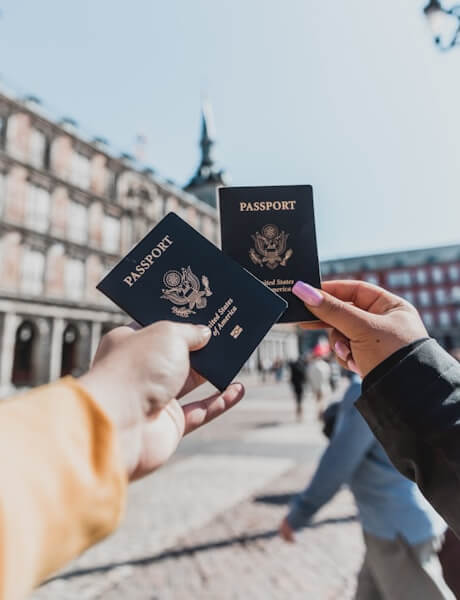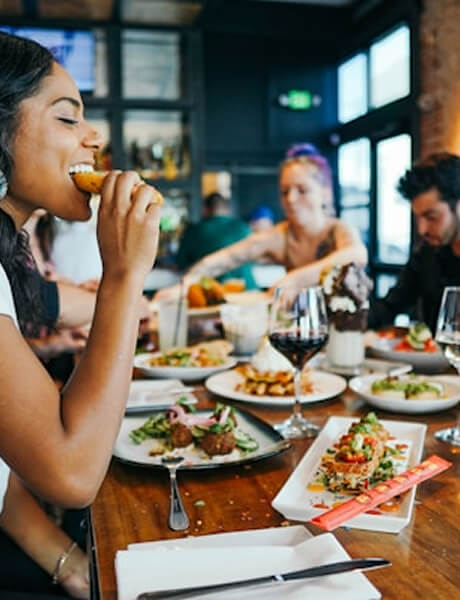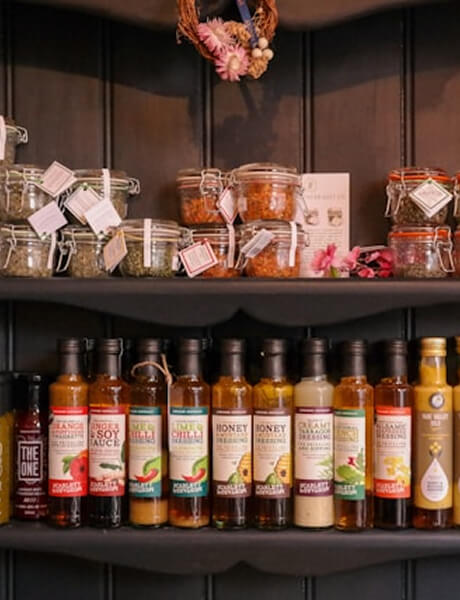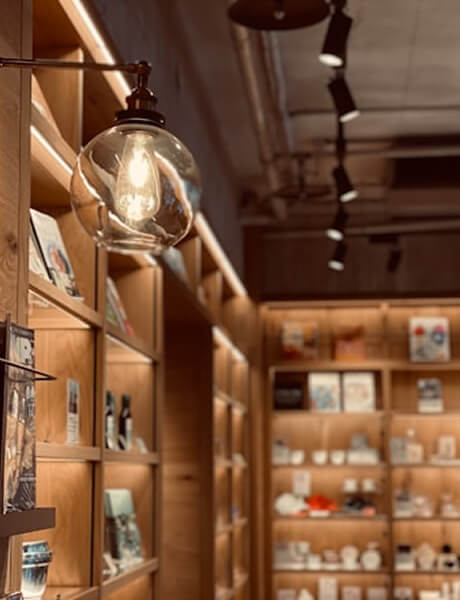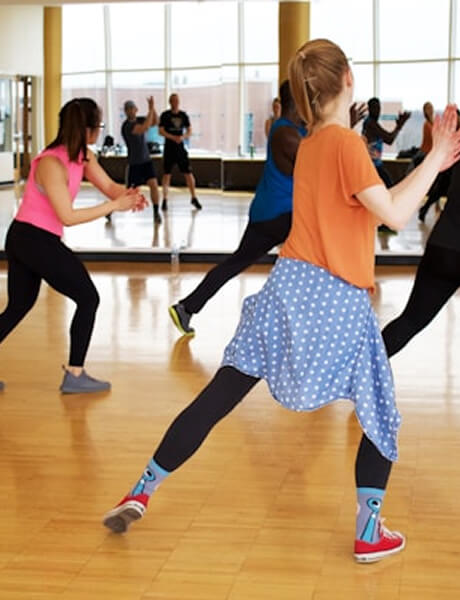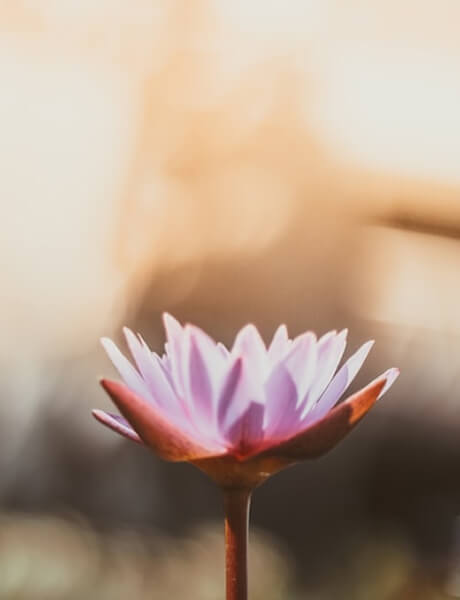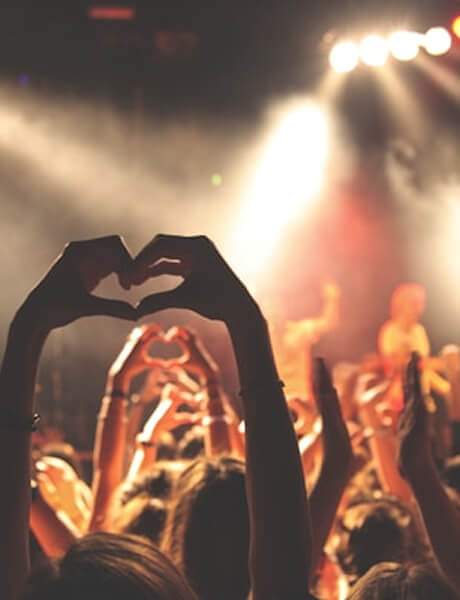
Travel guide Chine
The best time to go en Chine
Practical information for travel en Chine
Get your travel guide: CHINE

Where to go en Chine?
The most beautiful tourist sites
Other en Chine destinations
Régions
Zone touristique
Petit Futé's best addresses en Chine
Discover the most beautiful addresses selected by the authors of Petit Futé.
Featured articles de Chine

Visit the Great Wall of China in 2025: access from Beijing, timetables, best sections
Published on 23/09/2025 Activities and experiences
At dawn, Beijing is still yawning as your bus heads for the hills. And suddenly, between fir trees and ridges, an ochre wall emerges, stretching its battlements like a dragon's spine. Climb a watchtower,...

Top 10 des plats succulents à découvrir en voyage
Updated on 22/09/2025 Activities and experiences

Pékin, capitale de tous les possibles
Updated on 22/09/2025 Ideas for holidays & weekend
Bienvenue à Pékin, entre habitats traditionnels et édifices colossaux ; entre trésors cachés et merveilles inscrites au patrimoine de l'humanité ; entre mode de vie traditionnel et modernité à...
How to travel en Chine
How to go alone
To go to China, the plane is obviously THE means of transportation. Many flights per week connect France to the main Chinese cities (Beijing, Shanghai, Hong Kong). Visiting China on your own is quite possible, even for a single woman. You have to be careful with pickpockets in the tourist areas, but no more than in Paris or Brussels! If the Chinese generally love children and babies, traveling with them is not necessarily very practical.
How to go on a tour
China is so big that the tour packages are numerous and varied. The choice is yours. You can opt for a "classic" tour which, in a dozen days, will take you to the essentials: Beijing, Shanghai, the Great Wall, Xi'an. But you can also choose a tour focused on a region (Yunnan for example), a "family" stay, or a cruise on the Yangtze River (the Blue River).
How to get around
Except for driving (unless you have a Chinese driver's license), all means of transportation are possible in China. For long distances, you can choose to travel by plane (domestic airlines and modern airports), train (classic and fast trains), bus (surprisingly more expensive than train), or boat. In the city, buses, subways (for the main cities) and cabs are available. Please note: hitchhiking is forbidden in China.
Book your next trip with Kayak
Travel en Chine
Ideas for holidays and week-end breaks en Chine
Services

Find a hotel with Booking.com
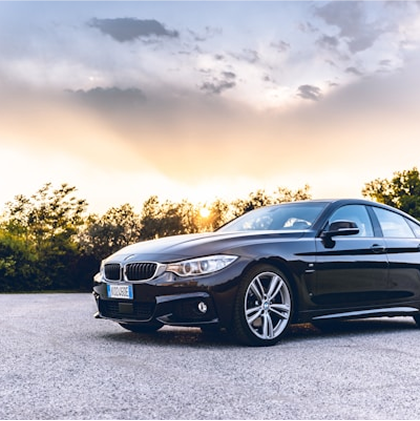
Rent a car with Bsp-auto
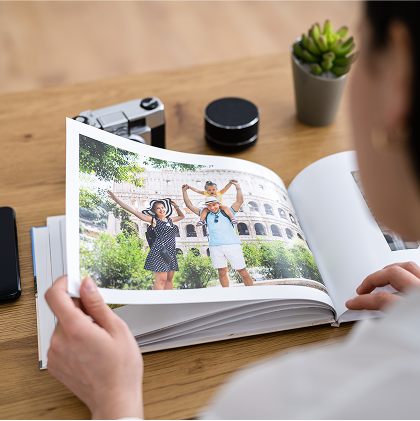
Create a blog and travel journal
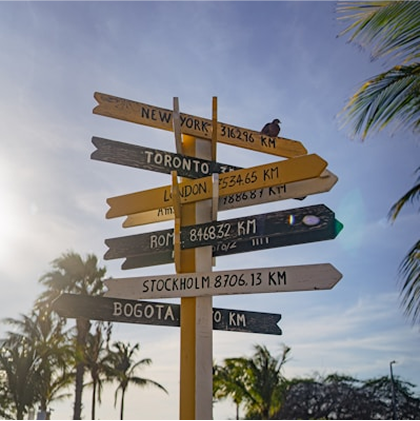
Find an agency with Quotatrip
The 12 keywords en Chine

#Calligraphy
It is the Chinese art par excellence, consisting of the correct drawing of characters. In summer, calligraphers practice in parks, writing ephemeral characters on the ground with water. You can have your name written phonetically. Ink stick, ink stone, brush and paper are the "four treasures" of the calligrapher.
#Confucius
Born in 551 B.C., died in 479 B.C., this very illustrious Chinese philosopher continues to mark Chinese thought despite the communist years. Confucianism was considered the "state religion" for centuries. Confucius' teaching is based on rules of wisdom for living in good society with one's fellow human beings.

#Dim sum
Can be translated as "that touch the heart". It is the small steamed ravioli. In the South China gastronomy, dim sum comes in dozens of varieties made of meat, shrimps, vegetables, and various sweet or salty fillings. You will be able to taste the best specimens during your visit to Hong Kong.

#Dragon
The Imperial City is home to hundreds of representations of them. In Chinese culture, the dragon is a powerful symbol of power and luck. In the feudal society it symbolized the power of the emperor. Until today the dragon is very present in legends, Chinese New Year, Chinese astrology, arts, names...
#Feng shui
Chinese geomancy based on the direction of the winds (feng) and the orientation of the waters (shui), favorable to the establishment of a house, a burial, a temple, a city. No building, even a modern one, is built without taking this into account. Feng shui also improves the interior of the house by correctly arranging the bed, the desk...
#GreatWall
A major symbol of China, it is the most important construction ever built in terms of length, surface and mass. This set of military fortifications built, destroyed and rebuilt several times and in several sites, from the 3rd century BC to the 17th century, was intended to mark and defend the northern border of the country
#Kung Fu
These are the Chinese martial arts which include hundreds of fighting styles that have developed in China over the millennia and which characterize the rigor of Chinese culture. In Chinese, kung fu can be translated as effort, mastery or art. You will not become a Shaolin monk, but you can take a course

#Peony
The Chinese cultivate it since the 8th century. Queen of flowers, symbolizing love, the peony is the national flower in China. The peony festival in Luoyang (Henan), in early spring, is an enchantment. Hundreds of varieties bloom in the parks and thousands of visitors come to admire their gradations of colors
#Porcelain
Porcelain originated in ancient China and was for a long time one of the country's main exports. This is explained by the presence, in quantity and quality, of the elements necessary to make porcelain: kaolin clay and wood, fuel for the high-temperature kiln and glazing. The talent of the craftsmen in addition
#Red
It is the most popular color, omnipresent and loaded with meaning. There is the red square, Mao's little red book, the red flag and red again for the color of the communist party. It is also the symbolic color of fire in the theory of the five elements and, in short, a lucky color that embodies beauty, vitality and success.
#Silk Road
It was the network of trade routes connecting Asia and Europe from Xi'an, going to Venice, then Lyon. The Silk Road, or rather the Silk Roads, ran north and south of the Taklamakan Desert. It was the main communication and trade route between the East and Europe for more than ten centuries.
It is the Chinese Twitter. Created in 2009 by the platform Sina.com, Weibo is the local microblogging site and gathers 550 million users. In addition to its role as a social link, Weibo is an instrument of dissent against propaganda. But the Chinese giant of social networks is now WeChat/Weixin with 1.4 billion users.
You are from here, if...
You never lose your composure and smile, even when the situation is particularly stressful.
You point to the person to be pointed out.
You use Weixin and Weibo as social networks
You know how to elbow your way through a line.
You make noise while eating, burp, put your nose in your bowl, spit on the floor.
You don't show up empty-handed at a dinner party
You eat hen's feet, pig's feet or intestines with delight.
You point your finger at your nose and not at your chest as in Europe
You arrive on time for appointments.
You are modest
You take a short nap in the early afternoon
You organize your home according to the principles of Feng Shui
You master laughter in all its nuances.
You avoid talking about politics or very personal subjects, and even less with strangers










